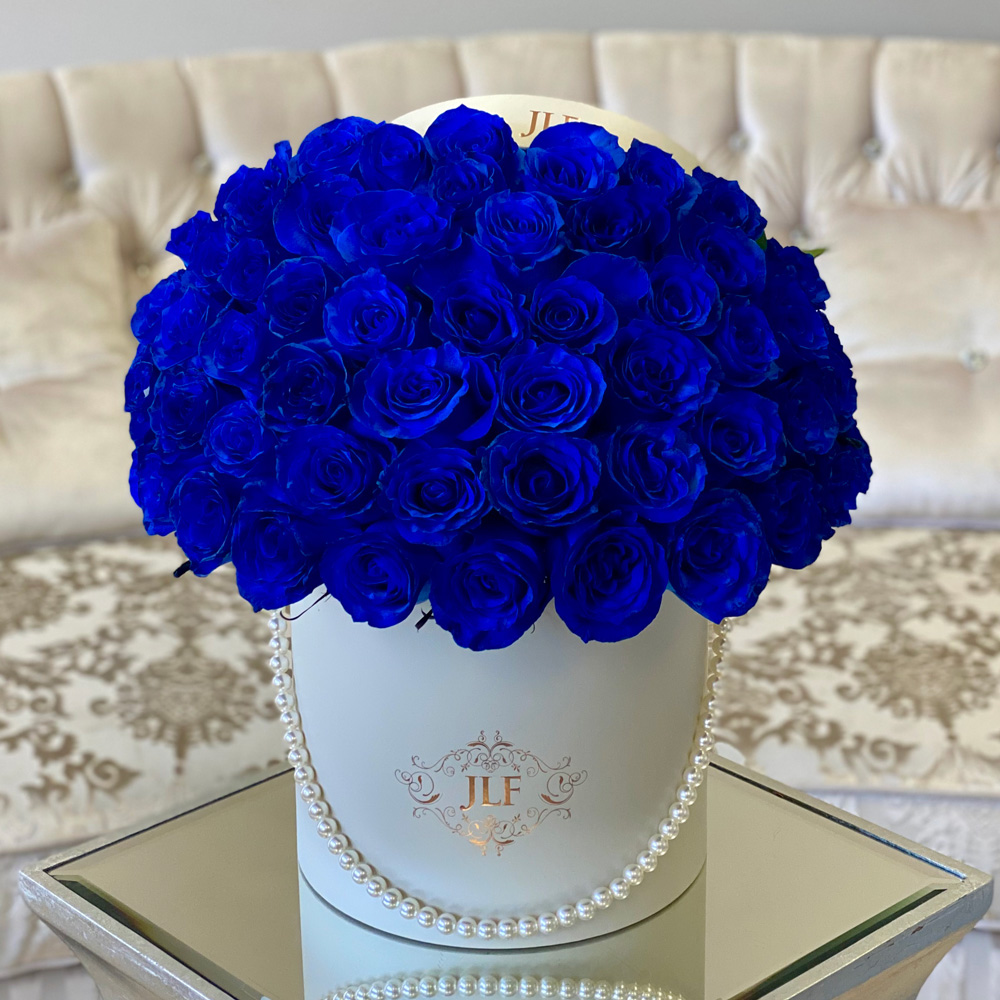Blue Roses

In the vast tapestry of botanical wonders, few captivate the imagination quite like the blue rose. Revered for its elusive beauty and enigmatic allure, the blue rose has long been a symbol of fascination, mystique, and romanticism. While roses of various hues adorn gardens worldwide, the blue rose remains a rare and sought-after treasure, sparking intrigue and wonder wherever it blooms.
The quest for the blue rose spans centuries, its pursuit shrouded in mystery and romanticism. Historically, the color blue has held symbolic significance, representing the unattainable and the extraordinary. Throughout literature, art, and folklore, the blue rose has emerged as a symbol of love, longing, and the quest for the impossible—a testament to humanity’s enduring fascination with the ethereal and the sublime.
Yet, despite centuries of longing, the blue rose remained an elusive dream, blue rose seemingly beyond the reach of horticulturalists. Traditional breeding methods failed to produce a true blue hue, leaving botanists and rose enthusiasts alike yearning for a breakthrough. It wasn’t until the advent of modern biotechnology that scientists began to unravel the secrets of the blue rose.
In the late 20th century, scientists made a breakthrough discovery that would change the course of floral history—the introduction of a blue pigment gene from the delphinium flower into the petals of a white rose. Through meticulous genetic engineering, researchers successfully imbued the rose petals with a vibrant blue hue, marking a monumental achievement in horticultural science.
The creation of the world’s first genetically modified blue rose represented a triumph of human ingenuity and technological innovation. Overnight, the once unattainable became reality, as blue roses began to grace gardens, bouquets, and floral arrangements around the world. Yet, amidst the celebration, questions lingered about the ethical implications and ecological consequences of genetic modification.
Despite the controversy surrounding genetically modified organisms , the allure of the blue rose persists, captivating hearts and imaginations with its singular beauty. In recent years, advancements in breeding techniques have led to the development of naturally blue roses, free from genetic modification. Through selective breeding and hybridization, horticulturists have succeeded in producing roses with hues ranging from soft periwinkle to deep indigo, each one a testament to the power of human creativity and perseverance.
Today, blue roses stand as a symbol of innovation, resilience, and the boundless possibilities of the natural world. Whether adorning wedding bouquets, decorating ceremonial events, or simply brightening gardens with their celestial beauty, blue roses continue to inspire awe and wonder wherever they bloom.
Conclusion
In a world filled with countless floral marvels, the blue rose remains a rare gem—a testament to the enduring allure of the extraordinary. As we marvel at its beauty, blue rose let us also reflect on the journey that brought us this botanical wonder, a journey marked by passion, determination, and the relentless pursuit of the impossible. For in the petals of the blue rose, we find not only beauty but the promise of a world where dreams blossom into reality.





